Remember screen bezels on your smartphone? Yuck! How disgustingly ugly. Sure, they may have been a handy place to rest fingers when watching a film or playing a game landscape, and for popping cameras and sensors out the way of the display, but aesthetically, just terrible. Thank goodness we’re now in an age where we get nothing but screen stretched across the front of our phones. You’d have to be really stuck in the past if chunky bezels were still part of your core design language (*cough* iPhone SE 2022 *cough*).
A full-screen finish is certainly easy on the eye, but it wasn’t an easy road to get to where we are today. Manufacturers initially struggled to work out the best way to implement a bezel-less design while still including the various sensors and cameras we’ve become accustomed to. Before punch-holes and under-display selfie snappers, phone makers were scratching their collective heads on how to achieve smartphone screen nirvana.
The answer — at least for a couple of years — was a battle between pop-up cameras and display notches. It was an interim solution to a problem as we waited for technology to find a better solution. And spoilers, a better solution was found and it ultimately killed off this fascinating piece of smartphone history. You won’t find any of the best Android phones with a pop-up camera these days.
In 2018 pop-up cameras were certainly more appealing, a fun party trick you could show off to friends who would initially marvel at the mechanical movement before questioning the durability of such a gimmicky feature. The handsets they featured on were relatively straightforward though, so you won’t find any in our round-up of the wackiest mainstream Android phones.
With hole-punch screens becoming the go-to solution for smartphone makers by the end of 2019, the pop-up’s days were numbered. Here are some of our favorite smartphones with pop-up cameras.
1 Honor 7i / Huawei Shot X (2016)
The pop-up smartphone camera fad may have had its heyday in 2018 and 2019, but the technology was already being experimented with a couple of years before it really took off.
The Honor 7i (which also went by the name Huawei Shot X in some markets) was one of the first smartphones to boast a novel camera and while this was more of a manual flip-up rather than an automatic pop-up implementation, Huawei was at least thinking about aesthetics even if it hadn’t done much in the way of reducing the bezel.
A step on from the rotating cameras of the Oppo N1 (2013) and N3 (2015), the 7i allowed you to pull its 13MP rear camera up to face the front, giving you a powerful (for the time) selfie snapper.
The Honor 7i also featured a 5.2-inch 1080 x 1920 display, 2GB of RAM, 16GB of storage, a Qualcomm Snapdragon 616 chipset, and a side-mounted fingerprint scanner.
2 Vivo Apex Concept (2018)
Spin forward a couple of years and say hello to Vivo. The Chinese brand set pulses racing at MWC 2018 with the introduction of its Apex Concept. A gorgeous phone with practically no bezel and an in-display fingerprint scanner. If the lack of bezels wasn’t alluring enough, the motorized 8MP selfie camera was the icing on the cake. We were smitten with the technology, which took 0.8 seconds to reveal itself from the top edge of the phone — which was only slightly longer than loading a camera app normally.
As this was a concept, Vivo didn’t have a full spec sheet for the phone, but we did know it had a 6-inch screen, USB-C port and two rear-facing cameras. You could even opt to have dual-fingerprint recognition, which required both of your thumbs on the screen to unlock the handset.
3 Oppo Find X (2018)
The Oppo Find X was one of the first widely-available phones with a pop-up camera, with a significant release in Europe as well as Asia. It was also one of the better looking phones of the time. Its wonderfully curving edges, and eye-catching accented color scheme (black with pink or blue highlights) meant it was great to look at and to hold. There were also no cameras to be seen, front or back. The Find X didn’t just have a pop-up selfie camera, all of its cameras were hidden in the same motorized section which spanned the width of the phone.
You got a front-facing 2MP camera along with 16MP and 20MP rear cameras which flanked a LED flash, and all were housed in the moving section. The Find X also offered up a 6.42-inch 1080 x 2340 screen, Snapdragon 845 chipset, 8GB of RAM, and face unlock.
4 Xiaomi Mi Mix 3 (2018)
Just a few months after the Find X, the Xiaomi Mi Mix 3 entered the fray with its own take on the hidden camera. Instead of a motorized section, you instead slid the entire screen down with your thumb to uncover dual selfie cameras. You got a main 24MP camera alongside a 2MP depth sensor for those Bokeh style shots. In doing so, the camera app was automatically launched, ensuring you were ready for your close up. Xiaomi even gave you the ability to answer calls by sliding the screen down. The sliding mechanism did make the Mi Mix 3 a little bulky, but it was competitively priced.
Other key Mi Mix 3 specs included a 6.39-inch 1080 x 2340 display, Snapdragon 845 chip, 6/8/10GB of RAM, 128GB/256GB of storage, and two 12MP rear cameras.
Other handsets which adopted this sliding style of pop-up included the Honor Magic 2 and Lenovo Z5 Pro.
5 OnePlus 7 Pro & 7T Pro (2019)
OnePlus adopted the pop-up selfie camera for its flagship in 2019, and it doubled down on the feature by sticking it in the OnePlus 7 Pro and then the mid-cycle refresh OnePlus 7T Pro a few months later. They shared a bunch of specs, with a 6.67-inch screen, up to 12GB of RAM, under-screen fingerprint scanner and triple rear cameras found on both devices. They even had the same 16MP pop-up selfie camera.
They were some of the best Android phones of the year, and the drop-detection feature meant if the handset slipped out of your hand while the selfie camera was out, it would shoot back in before hitting the floor. Many phones with pop-up cameras had this feature, but we remember vividly the numerous tests we performed on the OnePlus pair to try and fool the system — but it performed very well. However, OnePlus’ dalliance with pop-up cameras only lasted a year with the implementation of hole-punch selfie cameras on the OnePlus 8 series.
6 Samsung Galaxy A80 (2019)
The Samsung Galaxy A80 was a blend between the rotating camera of the Oppo N1 and the full-width pop-up of the Oppo Find X. The result was a high-end feeling handset which allows you to use the same cameras on the back for selfies on the front and an all-screen design.
Like the Find X, the whole top portion of the A80 could automatically raise itself, moving the rear camera bar above the screen. From here, you could manually spin the camera bar, allowing you to have the dual camera array pointing at your face. It was certainly fun to play with and had possibly the best party trick out of all the pop-up camera smartphones of the era with the rotating element, but the module felt fragile and overall it wasn’t as slick as it could have been.
What was the Galaxy A80 packing in terms of specs? We’re glad you asked, as it came with a 6.7-inch 1080 x 2400 display, Snapdragon 730 chip, 8GB or RAM, 128GB of storage and a couple of cameras: a 48MP main shooter alongside an 8MP sensor, plus a TOF (time-of-flight) sensor for depth effects.
7 Realme X (2019)
The Realme X jumped on the pop-up camera bandwagon too with a motorized single selfie camera which would rise out of the top edge, but there was one key difference. Realme placed the camera in the center of the phone, while many rivals with the single camera approach lined it up off-center. It meant the 16MP selfie camera was better placed for video calls and snapping photos of yourself - but the Realme X also had another ace in its sleeve. Its price.
This was the cheapest smartphone with a pop-up camera when it arrived, plus it had a decent array of mid-range specs including an in-display fingerprint scanner, 48MP Sony-made rear camera, and a 6.5-inch OLED display for just $200. It had a more limited release however, with its main availability in China, India, and other Asian markets.
8 Honor 9X Pro & 9X (2019)
Interestingly, the Honor 9X Pro launched three months before the non-pro Honor 9X variant, yet both featured a 16MP motorized pop-up camera. The big difference is the 9X Pro was caught up in Huawei’s US trade ban, so it shipped without any Google services. Meanwhile, the Honor 9X managed to skirt round the ban by arriving a few months later complete with Google services.
Both handsets had the same selfie camera, 6.59-inch LCD display, and trio of rear-facing cameras (48MP + 8MP + 2MP). Both had fingerprint scanners, with the Pro’s on side and the stand 9X having one mounted on the rear. The low-cost phones provided solid bang-for-your-buck, but the pop-up camera didn’t move as quickly as pricier rivals.
9 Motorola One Hyper (2020)
By the time the Motorola One Hyper hit stores in January 2020 (after being announced the previous month), the smartphone industry had all but moved on from pop-up cameras. Motorola was late to the pop-up party with the One Hyper, its first handset with the feature, and it almost entirely missed the brief wave of popularity.
The selfie camera was at least well specced, with a 32MP sensor, and the One Hyper did come with pleasingly fast 45W charging (in the US, Europe was capped at 27W). The notchless 6.5-inch display also still looked good with limited bezels. There was a rear-mounted fingerprint scanner and two cameras on the back — including an impressive 64MP main sensor.
But ultimately, it was a tame finish to the short-lived era of pop-up cameras on our smartphones.
A feature gone but not forgotten
The pop-up selfie cam wasn't around in the world of Android for long, but it no doubt left its park. While the world has mostly moved on to notches, cutouts, and under-display lenses, we'll never forget those few special years of motorized, mechanical cameras.
"Smartphone" - Google News
December 10, 2023 at 09:00PM
https://ift.tt/3p4MVWr
Faded focus: the pop-up smartphone camera fad - Android Police
"Smartphone" - Google News
https://ift.tt/CRLwxDF
https://ift.tt/3NFP6Jv
Bagikan Berita Ini
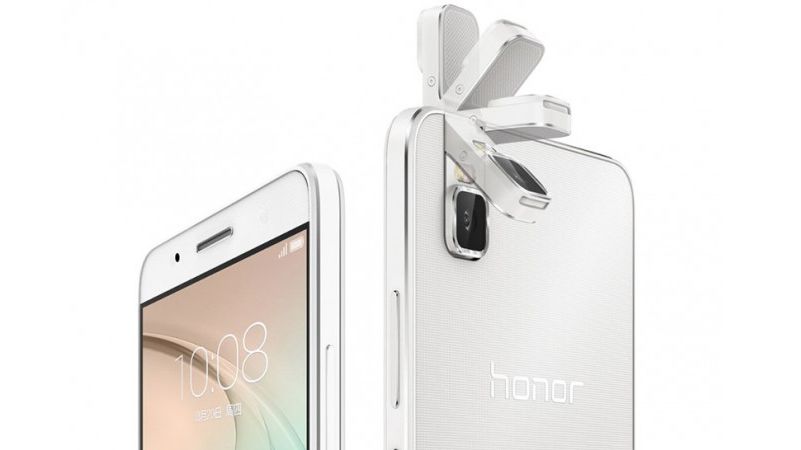
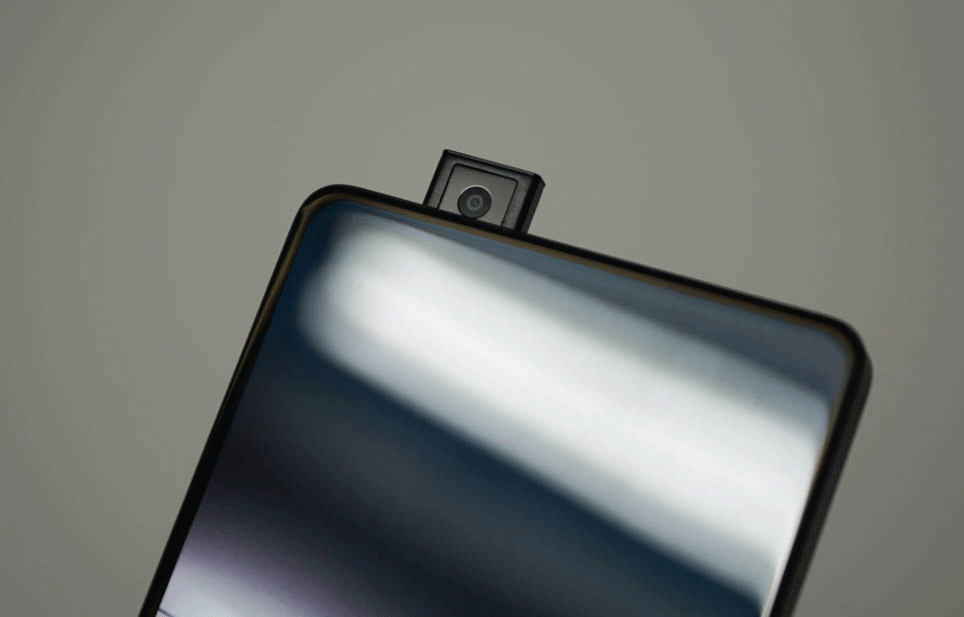
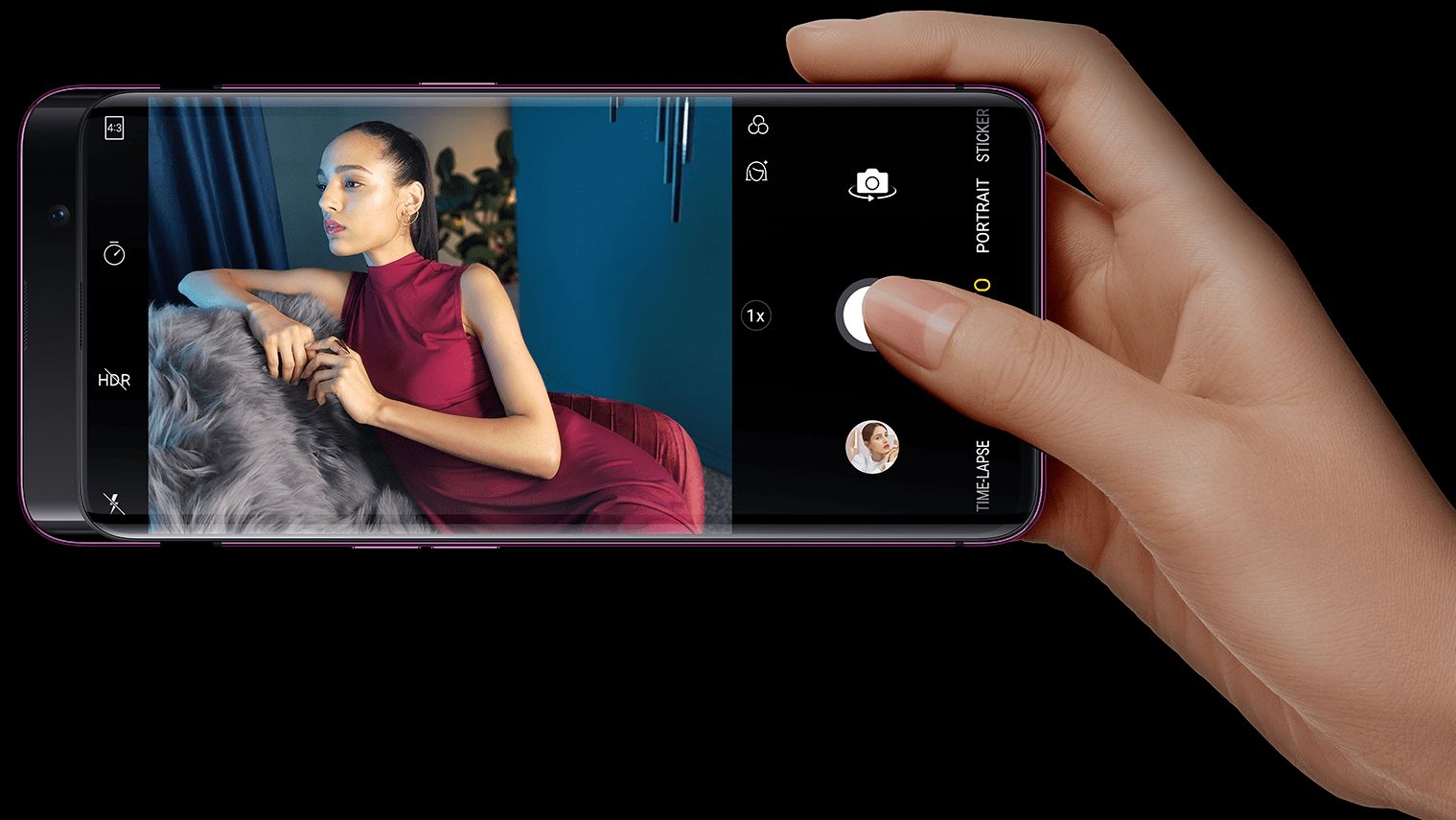
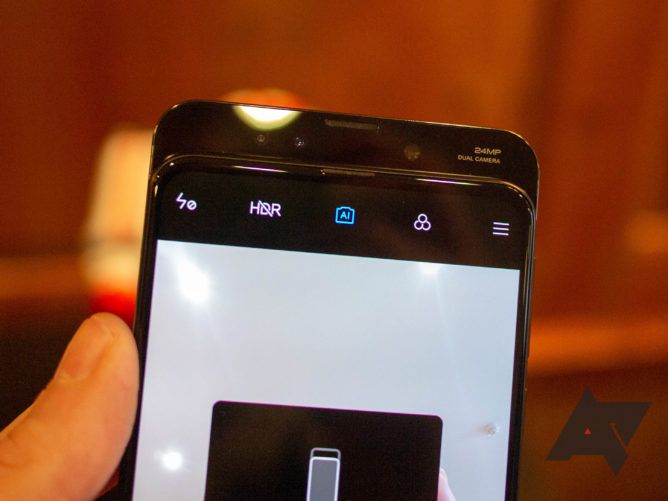
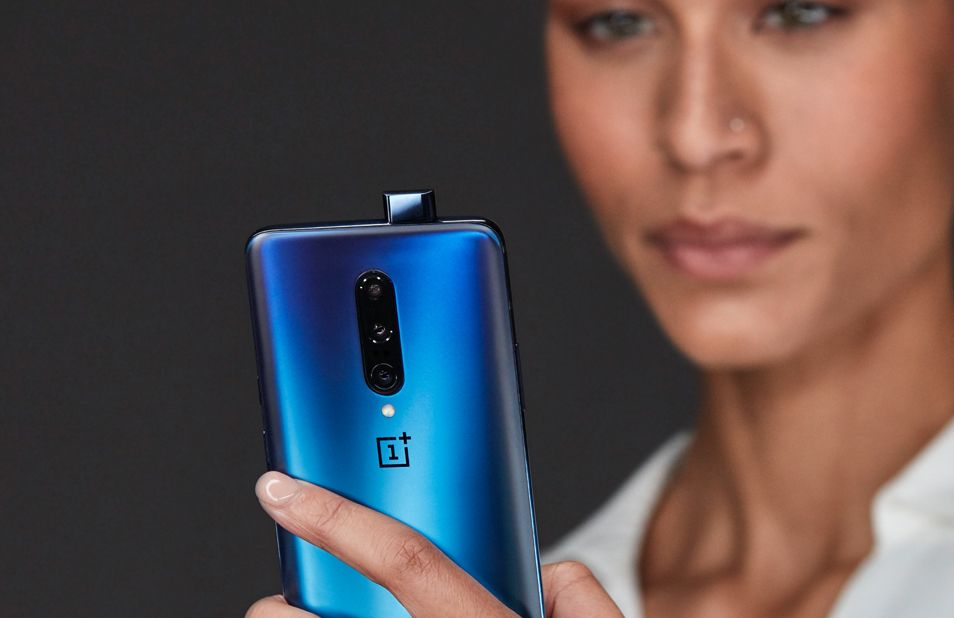
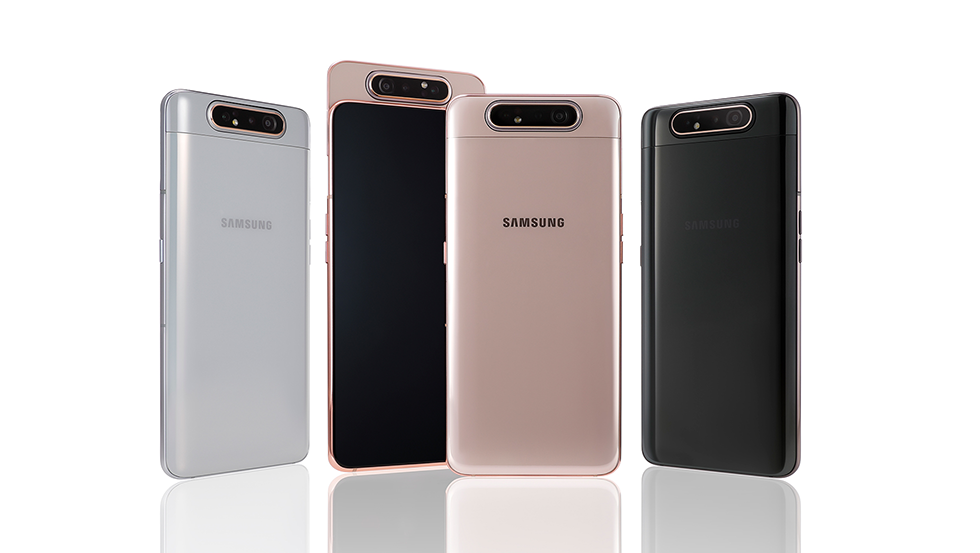
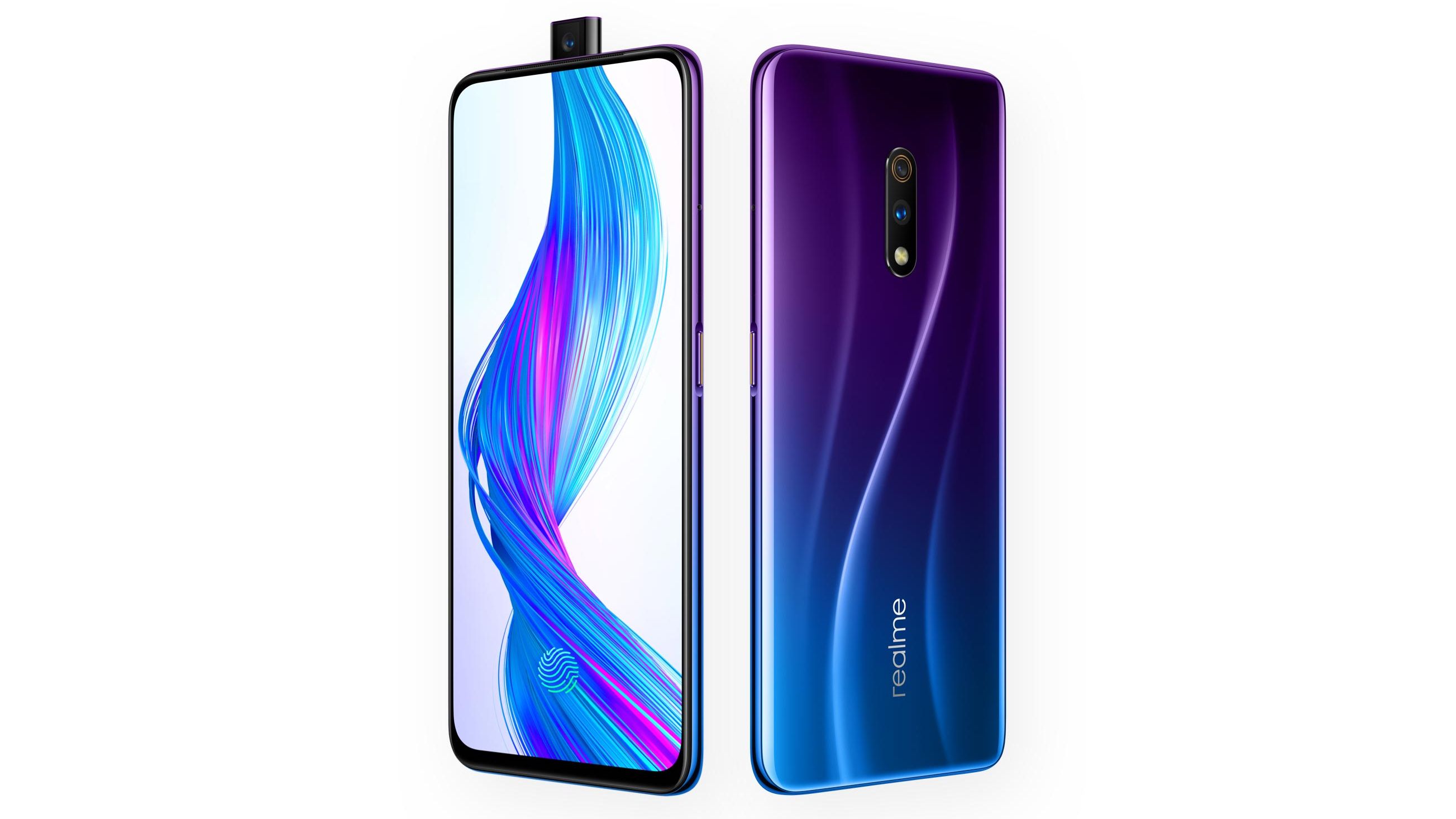
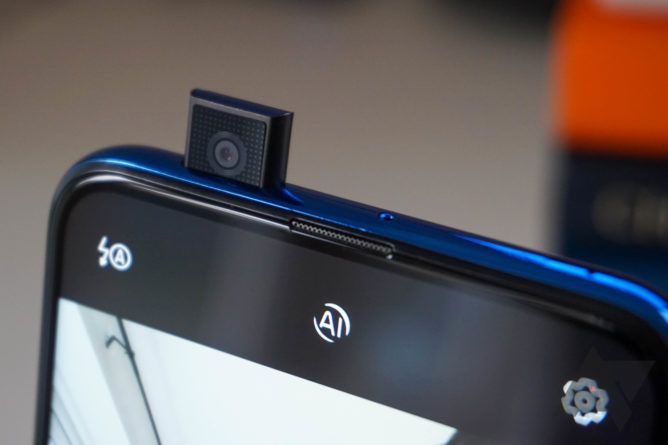
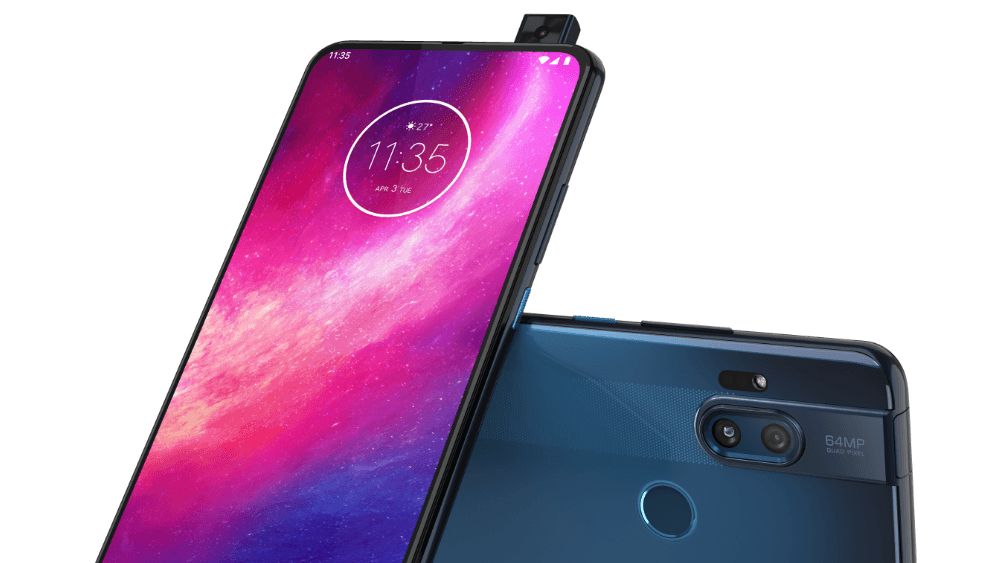














0 Response to "Faded focus: the pop-up smartphone camera fad - Android Police"
Post a Comment